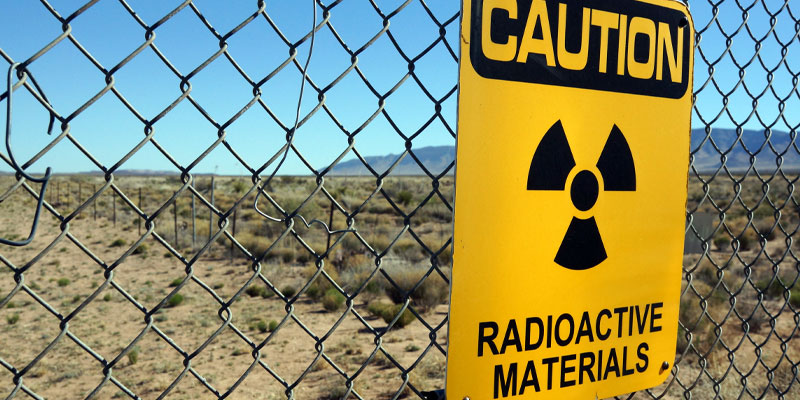Improving homeland security with wearable gamma-ray detectors
-
Case study
- Technologies for the Future
Our research has enabled the development of wearable gamma-ray detectors for homeland security applications.

The issue
Homeland security is a key issue in the US. A particular area of concern is attacks involving “dirty bombs”, which are fabricated from illicit radiological material. The most likely materials to be used in such a weapon are gamma-ray emitting isotopes, since gamma-rays are very penetrating.
Laboratory-based gamma ray detection technologies exist, but are not suitable for deployment in the field.
Conventionally, gamma-ray detection is carried out using scintillator detectors, but these are bulky, fragile and require a high voltage power supply. Germanium detectors are an alternative technology but are very expensive and require active cooling with liquid nitrogen. Neither solution is practical in a terrorist situation; this makes these threats difficult to trace.
The research
York's Nuclear Physics research group has a strong track record in developing detectors and instrumentation for use at international facilities.
The group were previously involved in the PARIS calorimeter project to develop an array of gamma-ray detectors using scintillator crystals. As part of this project, the group explored the potential of silicon photomultipliers (SiPMs) as a means of achieving compact detector modules. The group has also used SiPMs coupled to a plastic scintillator to create a charged-particle veto detector.
The group's previous success in this field meant it was ideally positioned to take the lead on developing next-generation scintillator detectors in collaboration with an industrial partner, Kromek plc.
Kromek plc had originally developed a wearable gamma-ray detector based on the semiconductor material CZT. However, this material is expensive and the crystals are small, which leads to a very low detection efficiency. A Knowledge Transfer Partnership between York and Kromek led to the development of the SIGMA probe - a fast and light gamma-ray detector. The SIGMA probe is based on a concept, developed at York, for a hand-held gamma ray detector based on the coupling of a CsI(Tl) scintillator and a silicon photomultiplier.
The SIGMA probe has since been repackaged along with a thermal neutron detector as the D3S ID. The Nuclear Physics research group continues to be involved in the development of this device.
The outcome
The D3S ID device is much better suited to field deployment than other detectors on the market. The device is small and light, which means it's wearable and concealable; this makes it suitable for first responders, armed forces, border security and other chemical, biological, radiological and nuclear defense experts.
The D3S ID has rapidly achieved dominance in the US Homeland Security market. The US government has ordered 12,000 units, representing a multimillion dollar investment.
The device can also be worn by postal workers to build up a radiological map of an urban environment. This networked system records gamma-rays and identifies the emitting isotope. It then uses GPS to record the position of the isotope and a map can be created.
Manufacturing the D3S ID is a significant commercial activity for Kromek, sustaining employment at their premises in County Durham. The device is now reaching wider markets; a Japanese language version of the device having recently been released.
- Nuclear Physics research group
- SIGMA scintillator detectors (Kromek)
- D3S ID gamma neutron detector (Kromek)

David Jenkins
Professor Jenkins leads the Nucear Physics research group at York, which studies both the fundamental properties of matter and the development of state-of-the-art radiation detection systems. These detectors are widely used in industrial and societal applications such as medicine and homeland security.
